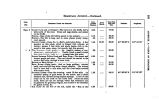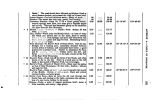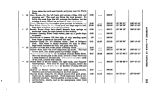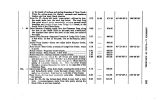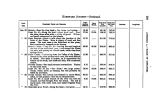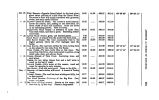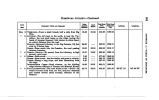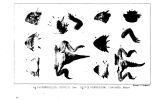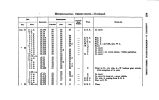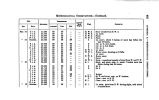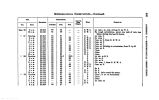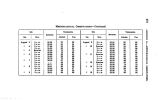| OCR Text |
Show THE SEVENTY- MILE DE8ERT. 113 of living npon the bodies of their dead comrades, until they were rescued by relief from Sutter's Fort. The road to California from this point follows around the southern end of the ridge, passes to the north of another high mountain, and thence on to the head of Humboldt's or Mary's River. Leaving the springs, we crossed, once more, though in an opposite direction, the same mud- plain oyer which we had been obliged to pass in order to reach the mountain. It was twelve miles in width; and now, in consequence of the recent rains, was soft and slippery- all the salt having disappeared, except a few crystals left in some old wagon- tracks. The travelling was in consequence heavy and laborious. After crossing, we passed, by a gentle ascent, over a neck of land which connected the high ridge on our left, at the north end of which we had bivouacked on the 29th, with another and broader one to the south, and which latter turned off considerably to the south- west. Here we halted for a short time, to give our mules their last chance to pick a little bunch-grasd which grew in thin scattered tufts on the mountain- side. The strata, at this point, were very much contorted, as at the northern end of the same protruded ridge, inclining in all directions. The higher hills were composed of dark limestone, traversed in various directions by veins of white marble, some of which were of considerable thickness. The dip was to the north- west, 65°. Over the limestone were beds of conglomerate, not conformable; the lower layers of which, or those in immediate contact with the limestone, consisted of portions of the rock that had not been waterworn. Lower down, near the base of the hill, was found a coarse, imperfect oolitic limestone, dipping about 50° to north- west, and under these some sandstone, not conformable, and imperfect. After halting an hour, we pursued our journey along the eastern base of this isolated mountain or butte, where the dark limestone was again seen, with gypsum, conformable and at right angles with the strata. Some six miles farther on, we passed another isolated butte, upheaved through the level mud- plain, containing what appeared to be another crater, analogous to that seen on the northern end of the ridge, open to the eastward, with the strata dipping in every direction. The main butte appeared to be, at this end, about ten miles wide from east to west, and had manifestly been very much disturbed. From this point we travelled on until past midnight, over a level mud- plain, lighted by the rays of the moon, which struggled 6 |
































































































































































































































































































































































